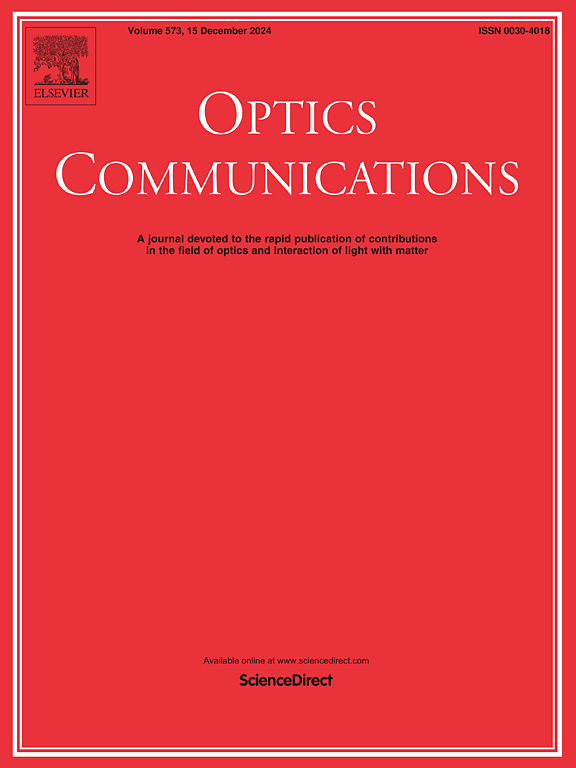Underwater moving targets imaging method under non-uniform active illumination based on single-polarization image
IF 2.2
3区 物理与天体物理
Q2 OPTICS
引用次数: 0
Abstract
Active polarization imaging technology can effectively recover target information in scattering media. However, traditional methods for recovering moving targets often require multiple polarization images with consistent imaging positions, which has high requirements for the number and accuracy of detection equipment, increasing the time and cost of experiments. Additionally, non-uniform illumination from active light sources may further degrade underwater imaging quality. To address these issues, this study propose a single-polarization imaging method for underwater moving targets under active non-uniform illumination, we analyze backscattered intensity at various image positions and correlate it with the backscattered light distributions estimated through low-pass filtering, achieving an accurate global estimation of backscattered light. Subsequently, we improve the dynamic descattering model and introduce single-polarization imaging theory to enhance the stability of recovering moving targets by reducing polarization imaging inputs. Theoretical and experimental findings demonstrate that this method enhances imaging efficiency while achieving clear recovery of moving targets across various turbidity levels, effectively resolving uneven brightness throughout the image. Compared to other dynamic polarization imaging methods, using a single input offers greater practicality for dynamic descattering. The recovery video results of the moving target further demonstrate the effectiveness of this method in dynamic descattering of highly polarized objects.
求助全文
约1分钟内获得全文
求助全文
来源期刊

Optics Communications
物理-光学
CiteScore
5.10
自引率
8.30%
发文量
681
审稿时长
38 days
期刊介绍:
Optics Communications invites original and timely contributions containing new results in various fields of optics and photonics. The journal considers theoretical and experimental research in areas ranging from the fundamental properties of light to technological applications. Topics covered include classical and quantum optics, optical physics and light-matter interactions, lasers, imaging, guided-wave optics and optical information processing. Manuscripts should offer clear evidence of novelty and significance. Papers concentrating on mathematical and computational issues, with limited connection to optics, are not suitable for publication in the Journal. Similarly, small technical advances, or papers concerned only with engineering applications or issues of materials science fall outside the journal scope.
 求助内容:
求助内容: 应助结果提醒方式:
应助结果提醒方式:


